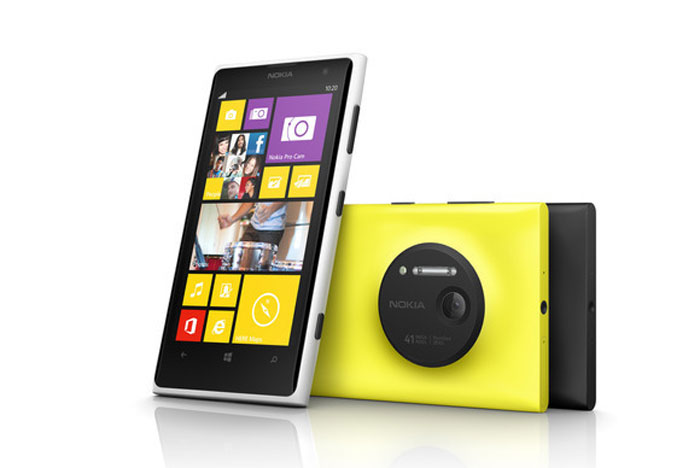As a Windows phone user you must faces some problems. But the main problem for the Microsoft OS based phone is lack of popular apps. And Microsofts app store is full of fake apps.
A search for “YouTube” on the Windows Phone returns dozens of obvious fake YouTube apps. Of the top 100 most popular apps, 38 of them are also available on iOS and Android (in other words, Windows Phone has very few exclusives), 38 are generic apps like flashlights, 9 are substitutes for popular apps that haven`t come to Windows Phone yet (like Snapchat), 8 are fakes, and 7 were made by Microsoft.
It’s impossible to argue that Windows Phone has been anything close to a success at this point but that doesn’t mean Microsoft should give up on it. In fact, unless Microsoft wants to get out of the software platform game all together, it has to establish at least some foothold in the mobile market. So what’s a tech giant to do?Jan Dawson has written a very smart column over at Techpinions that includes a three-step plan that could help Microsoft actually get people to care about Windows Phone.
First, Dawson notes that it’s been well over a year since we’ve seen anything close to a flagship Windows Phone. The Lumia 1020 and the Lumia 1520 were both released in 2013 and this year has been filled with either cheap Windows devices or retreads of flagship Android phones like the HTC One (M8) for Windows. To fix this, Microsoft needs to release a flagship piece of hardware akin to its Surface Pro series to really show what the platform can do at its best.
Second, Dawson says Microsoft must explain how Windows Phone is different from iOS and Android. This is a point we’ve made in the past — although Windows Phone is a good mobile platform, we also can’t think of one reason you should buy into it. Even BlackBerry, despite its huge struggles, has come up with an effective way to differentiate its devices from those offered by Apple and Samsung.
And finally, Dawson says Microsoft needs to bridge the “app gap” with iOS and Android although history has shown that this is much easier said than done.
Dawson’s full piece is well argued and it might even give Windows Phone fans hope that their favorite platform may have a future.
The problem: low-end hardware and knockoff apps
Unfortunately, it’s hard not to come away from the report without feeling that Windows Phone represents the Walmart of the smartphone market. The cheapest Windows Phones—the 500 series—represent about 40 percent of the Lumias in the market today, according to AdDuplex. For the past 24 months, the Lumia 520 was by far the most popular Windows Phone device, outselling the next most popular model (the Lumia 625) by almost double, data from Counterpoint Research shows. And that’s not surprising, because the 520 costs about $30 on Amazon, or $80 unlocked.
“The clearest explanation appears to be that the low end is the one area where Windows
Phone has really found a way to set itself apart, as a low-cost but not low-quality alternative to cheap Android devices,” Dawson wrote. “Both Microsoft and Nokia have effectively articulated their key selling points against the other major platforms at this end of the market, and they’ve had significant success there as a result.”
Dawson almost implies it’s too late to save the Lumia line, in part because of the vicious circle of app development: A lack of users means less potential revenue, which means developers hold off developing apps for the platform, which turns off consumers who might be interested in the platform.

